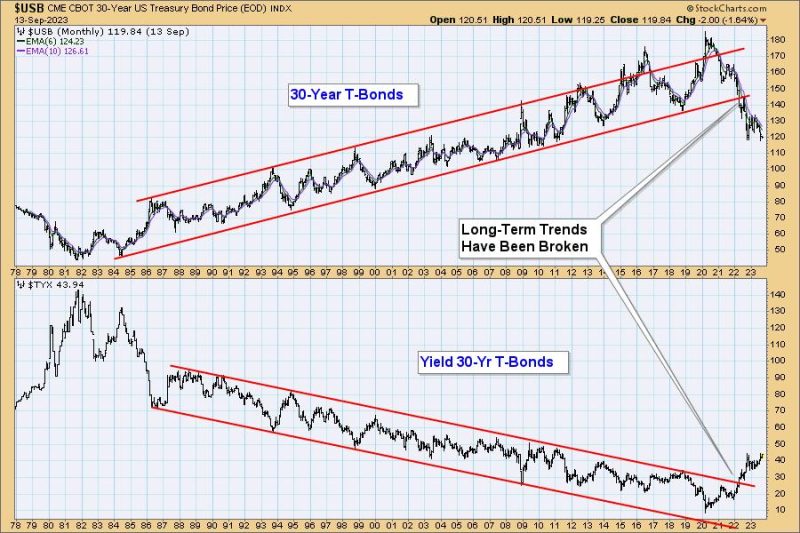Bonds are an important investment, but they are often overlooked because their returns aren’t as flashy or exciting as stocks. They are a great way to diversify your portfolio and reduce your risk without sacrificing returns. However, many investors tend to focus on the short-term changes in bond prices, ignoring the long-term trend.
This is a mistake. It is true that bond prices tend to fluctuate with changes in the interest rate environment, but their fundamental value is based on their long-term stability. The level of interest payments (the yield) and the rate at which they adjust (the coupon) ultimately determine the value of a bond over time.
The long-term trends in the bond market are incredibly important for investors to keep in mind when planning a portfolio. Bonds are a great way to maintain a solid core of fixed-income investments, providing stability and predictable returns over time.
Investors should look beyond the short-term fluctuations in prices and focus on the underlying fundamentals. The yields, maturity dates, and credit ratings of bonds can reveal much about the long-term prospects of a bond and provide insight into what might happen in the future.
It’s also important to understand the different types of bonds and the various strategies involved in building a well-diversified portfolio with long-term growth potential. An understanding of different yield curves, the impact of inflation, and the power of compounding can help investors structure a portfolio for long-term success.
Overall, bonds are a critical part of any long-term investing strategy. While they may not provide the same flashy returns as stocks, their stability and predictability make them a valuable addition to any portfolio. Investors should not forget the long-term trend when considering bond investments, as it can reveal much about the potential of these investments.































